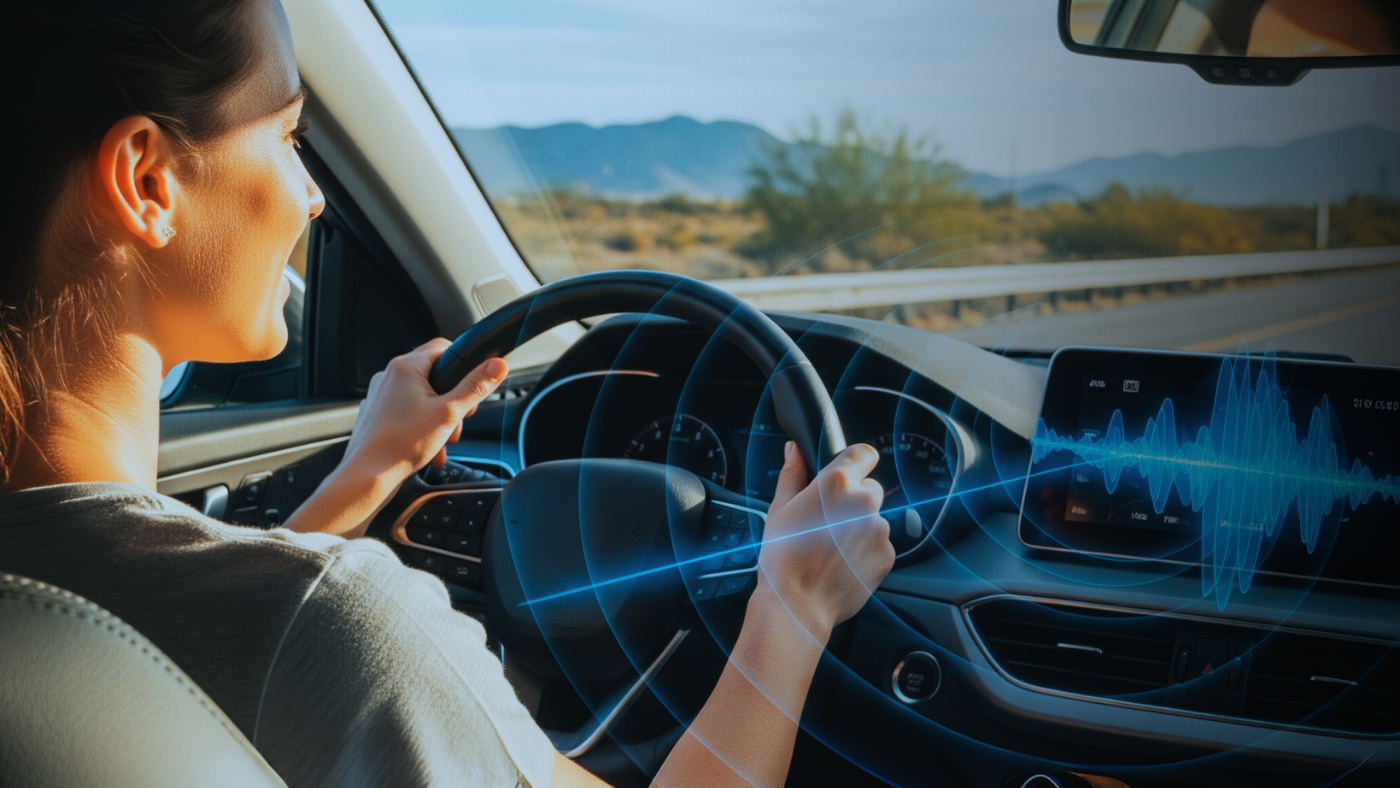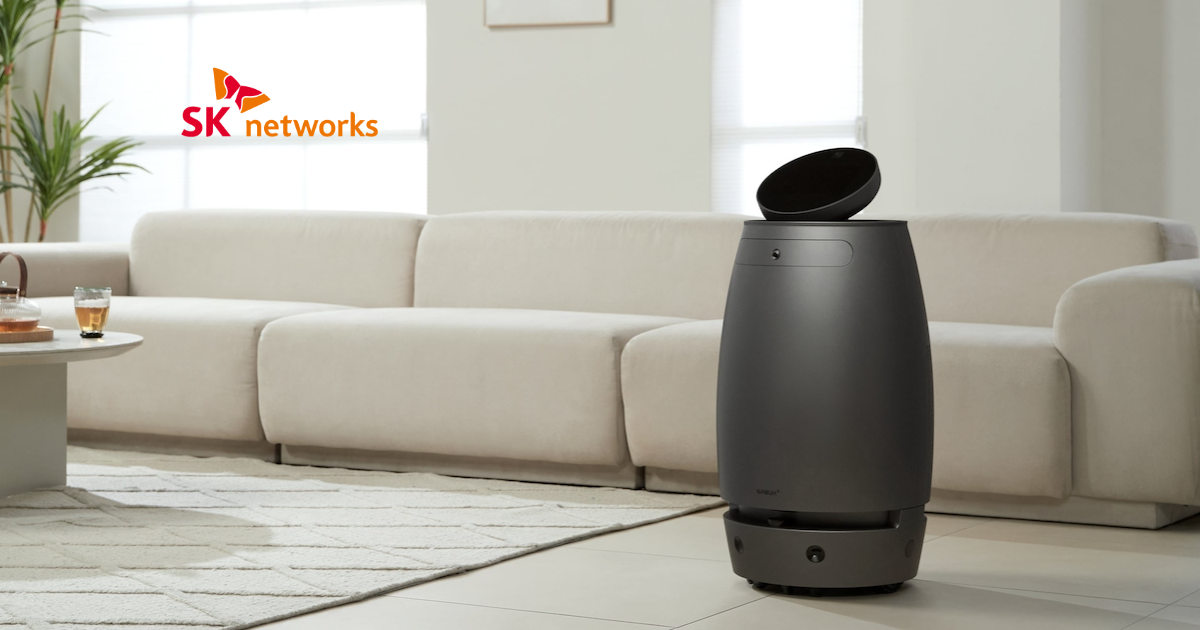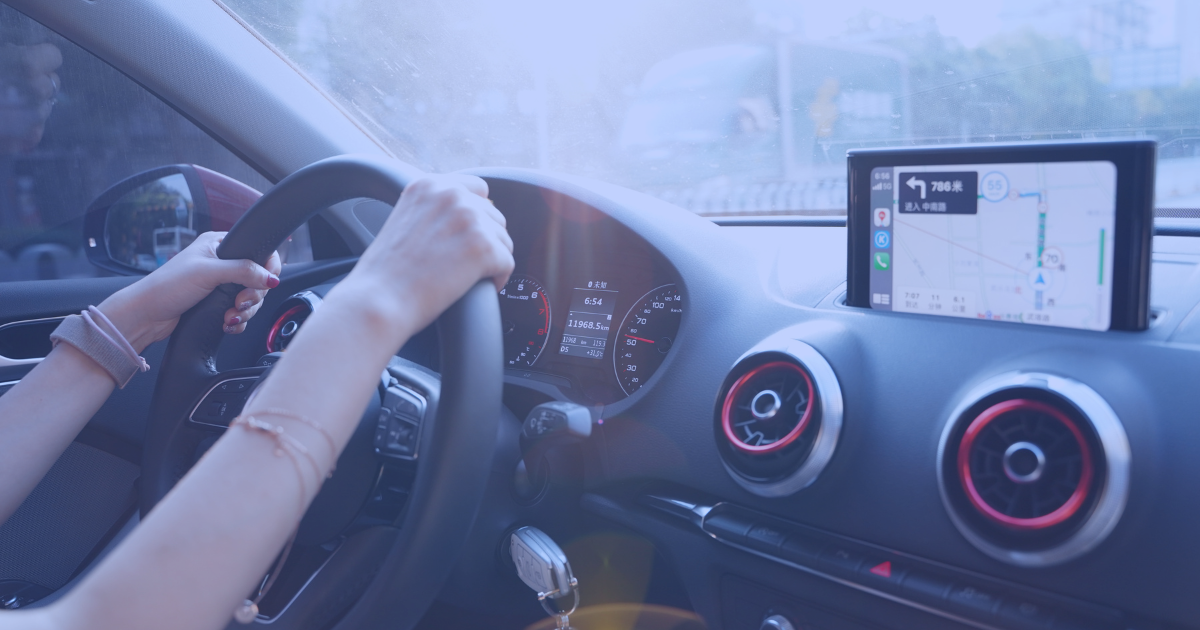How voice control technologies can help fight COVID-19

How voice control technologies can help fight COVID-19
It seems that the whole world is joining hands these days against what appears to be the most threatening pandemic in decades. Scientists, politicians, engineers, and business people from all over the world are collaborating in the effort to win the war against COVID-19.
The Internet is bursting with information regarding this outbreak, while experts debate the most effective measures to minimize the spreading rate. Yet, one thing we can’t argue about when it comes to dealing with this virus is that it is super contagious, and it seems that it likes to attach itself to all kinds of surfaces for a substantial amount of time.
A new study performed by the National Institutes of Health, Centers for Disease Control, UCLA, and Princeton University, found that “severe acute respiratory syndrome coronavirus 2 (SARS-CoV-2) was detectable in aerosols for up to three hours, up to four hours on copper, up to 24 hours on cardboard and up to two to three days on plastic and stainless steel”.
We all know by now that one of the most effective measures to take against this outbreak is to keep our hands clean and proactively avoid touching public and publicly exposed surfaces. However, as of today, touch-based interfaces are the most common ways for humans to control and interact with machines. Think of ticketing machines, self-ordering kiosks, ATMs, elevators, and alike, buttons and touch screens operate all. Consequently, zero-touch interfaces should become the next big mission towards decreasing contagious infections among populations and increasing hygiene accordingly as a strategic measure to maintain public health.
There’s been enough written about the contribution of artificial intelligence (AI) and its derivative technologies in fighting COVID-19. From remote identification, diagnosis, and screening to containment and drug development, but perhaps the most efficient way to achieve the desired measure of prevention is by shifting our habits fifty centimeters higher — to our vocal cords.
Voice control technologies allow humans to interact with machines without involving unnecessary physical contact. Just imagine today’s infection rate if all retailers, grocery stores, airports, transportation stations, and restaurants throughout the world employed interactive kiosks that could communicate with you by voice.
Here comes the nasty part of this article: just imagine how many hands touched McDonald’s self-ordering kiosks? What if you could make that order only by SAYING what you want to order? Or just imagine how many people are touching New York’s metro kiosks daily? What if you could verbally ask those machines to provide you with what you need? Even a simple task like getting information from a street kiosk or pressing an elevator button exposes you to germs, bacteria, and other unpleasant things.
One of today’s hurdles to overcome making this solution widespread is the somewhat limited voice control technologies’ ability to facilitate reliable interaction in typical conditions. Kardome’s voice control technology is exactly about changing how people interact with machines in such specific environments. Our technology allows you to speak to McDonald’s (already deployed) self-ordering kiosks even when another person orders the same lunch one meter next to you while Metallica is playing in the background. Our voice control technology constitutes a seamless, safer, and more efficient interaction between humans and machines in acoustically challenging areas.
This article is not about a call to completely change your day-to-day habits from now on, nor about teaching you about the projections of voice technologies in the near future. And it is undoubtedly not about stopping you from touching surfaces but rather to provide a glimpse into how voice control technology can serve humanity in today’s reality.
It might take us some time to recover from this pandemic, but we will prevail. In the meantime, stay safe and keep your hands to yourself.












